Affiliate links on Android Authority may earn us a commission. Learn more.
Which country has the fastest mobile network?
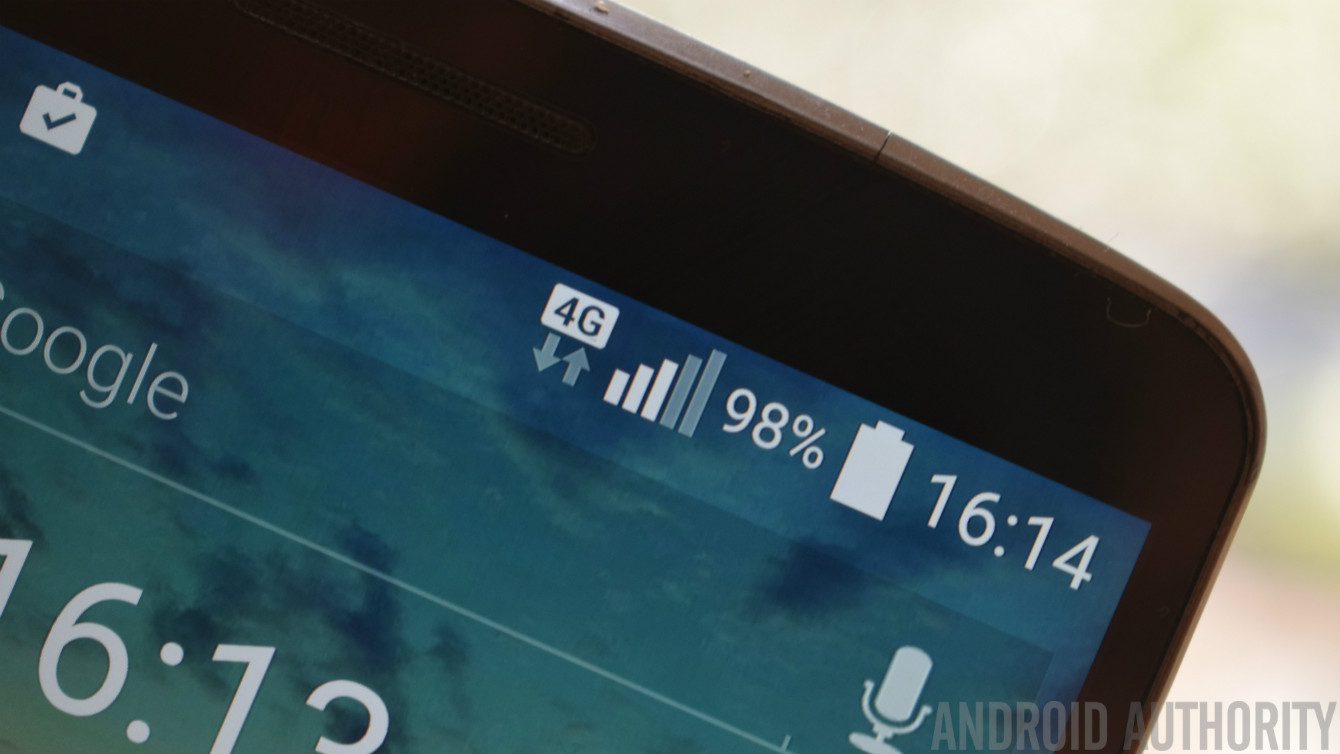
OpenSignal is back with another in depth report into the state of national mobile networks. However, unlike last year’s look at 4G LTE data, this latest report examines 3G/4G speeds and coverage together. This gives us a much better look at how countries across the globe compare when it comes to the typical consumer experience and which offer the fastest mobile networks.
The global data set was collected from 822,556 users around the world who use OpenSignal’s mobile software. Interestingly, the data also gives us a look at how much time consumers spend on their WiFi networks, which are often faster than the speeds they can achieve from 4G LTE networks.
Starting with the fastest countries around the globe, South Korea leads the world by a notable margin, clocking in at 41Mbps. The closest rival is Singapore on 31Mpbs, followed by Hungary on 26Mbps. Remember, these values are calculated from typical user speeds, not the theoretical maximums offered by some carriers in certain places. So networks with good coverage and fast speeds perform the best here.
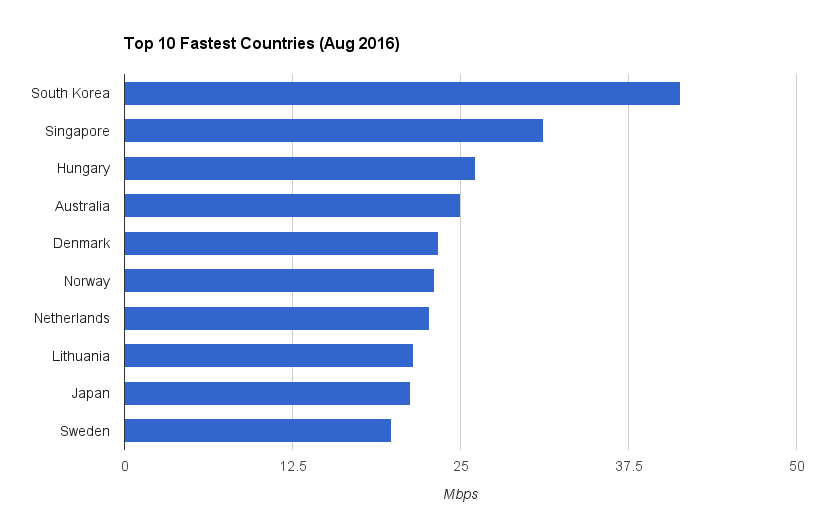
For comparison, the US offers consumers a typical speed of 12.3Mbps, the UK edges ahead with 13.7Mbps, and China does even better with virtually 18Mbps. The results are highly varied across Europe, with Scandinavia and Eastern Europe seeing many results above 20Mbps. Meanwhile, France, Germany, Italy, Greece, and Portugal are all virtually tied at 13Mbps typical. Emerging markets with less developed infrastructure, such as India, hand in much worse typical speeds, as you might expect, coming in at just 5.3Mbps.
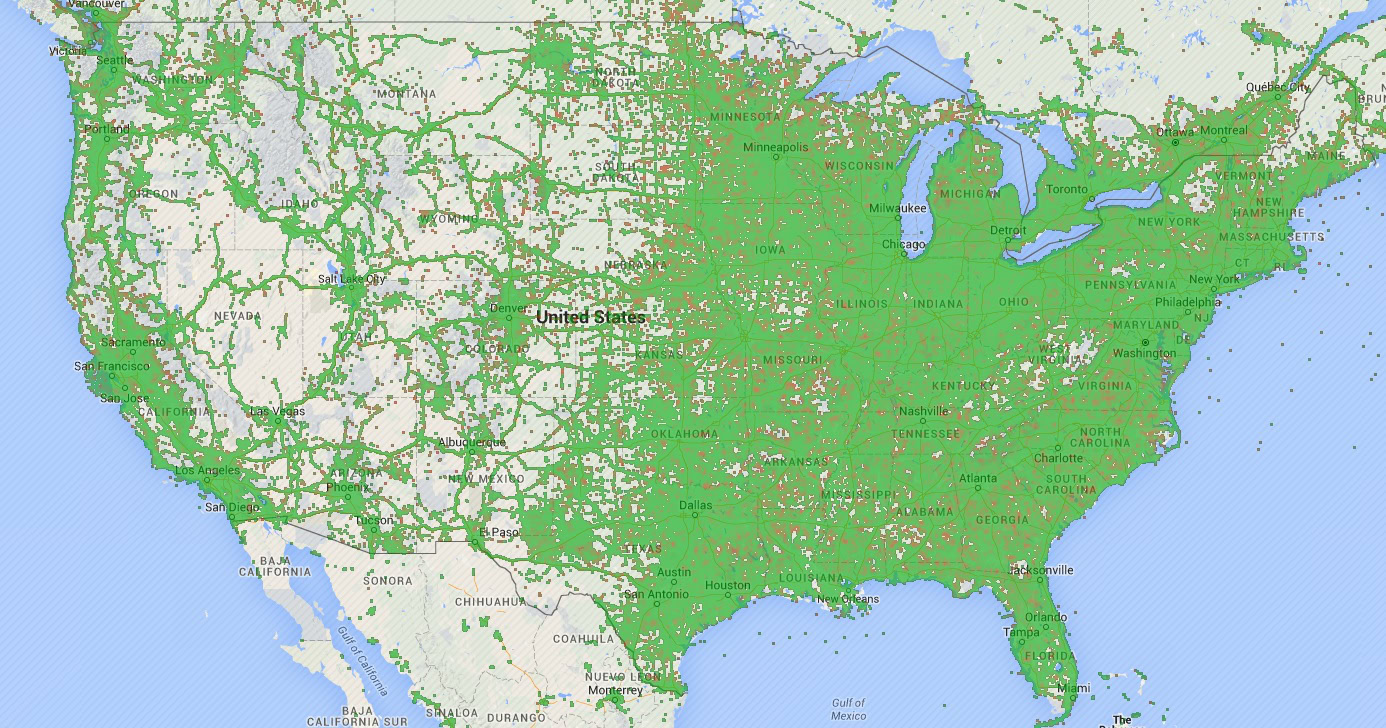
As we touched on before, these results are reliant on network availability, and there is a correlation between network coverage and faster typical user data speeds. Many countries, particularly developing nations, are still in the early stages of rolling out 4G LTE networks, leaving slower 3G and even 2G networks to cover much of the population. Funnily enough, the data suggests that it’s easier to find a 4G connection in South Korea than it is find 3G.
The fastest performing countries all have networks that manage to cover the population with at least 3G data more than 90 percent of the time. Impressively, even the US manages to offer customers a 3G/4G connection 91 percent of the time. However, this suggests that typical data speeds are notably slower in the US than other countries that offer similar coverage yet faster typical data, including New Zealand, Hong Kong, as well as the Top 10. By contrast, other large countries that are still working on their infrastructure struggle with to provide reliable coverage. India typically offers 3G or better connectivity to just 56 percent of its population, and Algeria manages to offer coverage just less than two thirds of the time.
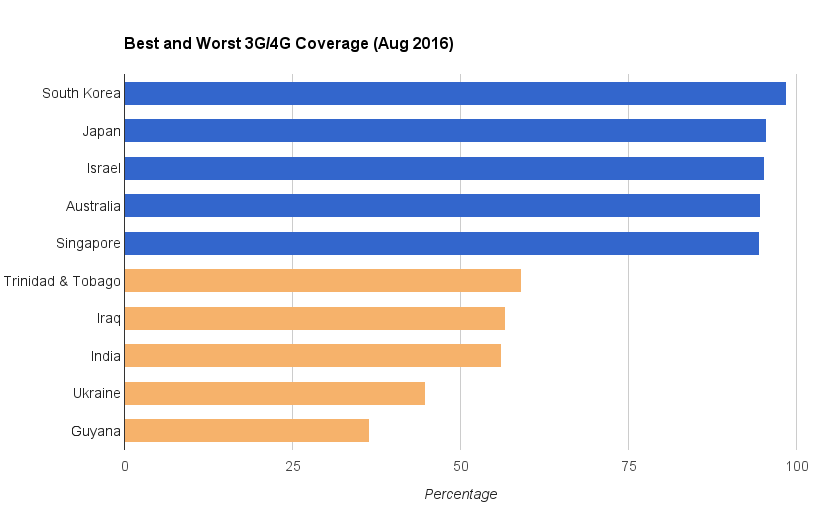
Interestingly, China offers worse coverage than the US but manages to hand in higher typical data speeds. This suggests a greater disparity between areas with strong and poor connections. Heavily built up areas might benefit from the latest 4G LTE-Advanced investments, while other areas are left with slow 3G and 2G connections.
These type of results are also partly due to the fact that there are huge differences between the speeds and technologies used to provide 3G and 4G connections around the world. The research points out that CDMA EV-DO connections, for instance, typically average download speeds under 1 Mbps, while high-powered LTE-Advanced connections can push speed well beyond 30 Mbps. Countries with more basic 4G LTE networks can sit anywhere in between.
The data also shows that a large number of smartphone owners are still heavily reliant on Wi-Fi connections, most likely due to low 4G speeds in some countries and low data allowances in others. In 46 countries, smartphone users spent more than 50 percent of their time on Wi-Fi.
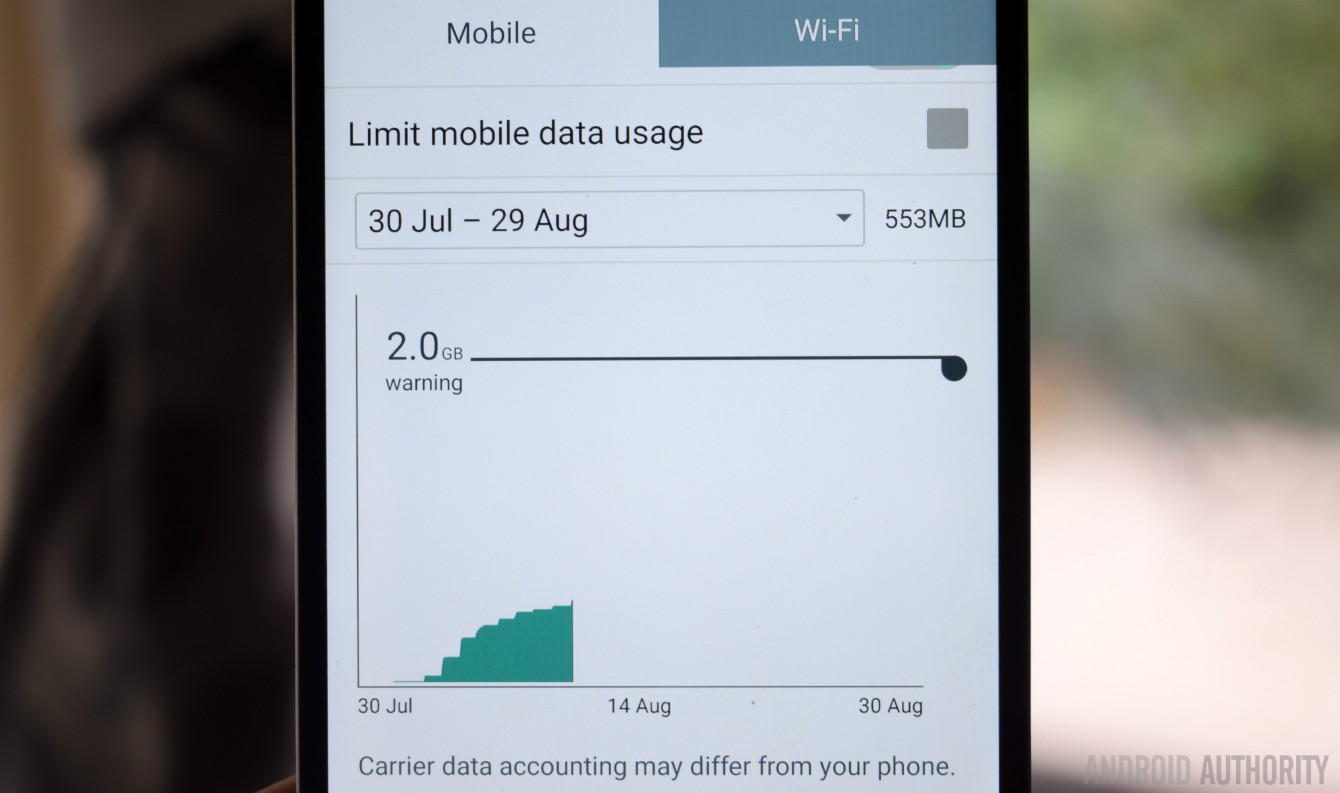
Interestingly, even countries with some of the fastest 3G/4G data speeds, including the Netherlands, New Zealand, and China, spent more than 60 percent of their time on Wi-Fi. In many countries, the cost per GB on a mobile plan remains much higher than with an equivalent broadband connection, so users can save their more expensive data by regularly using WiFi. Not to mention that countries with highly developed 4G LTE networks are also much more likely to have fast broadband infrastructure that consumers use for high resolution video streaming. While many countries now offer excellent wireless data services, there’s certainly scope to improve the package and price plans being offered to consumers.
How closely do OpenSignal’s findings reflect your own mobile usage patterns and regional experiences?